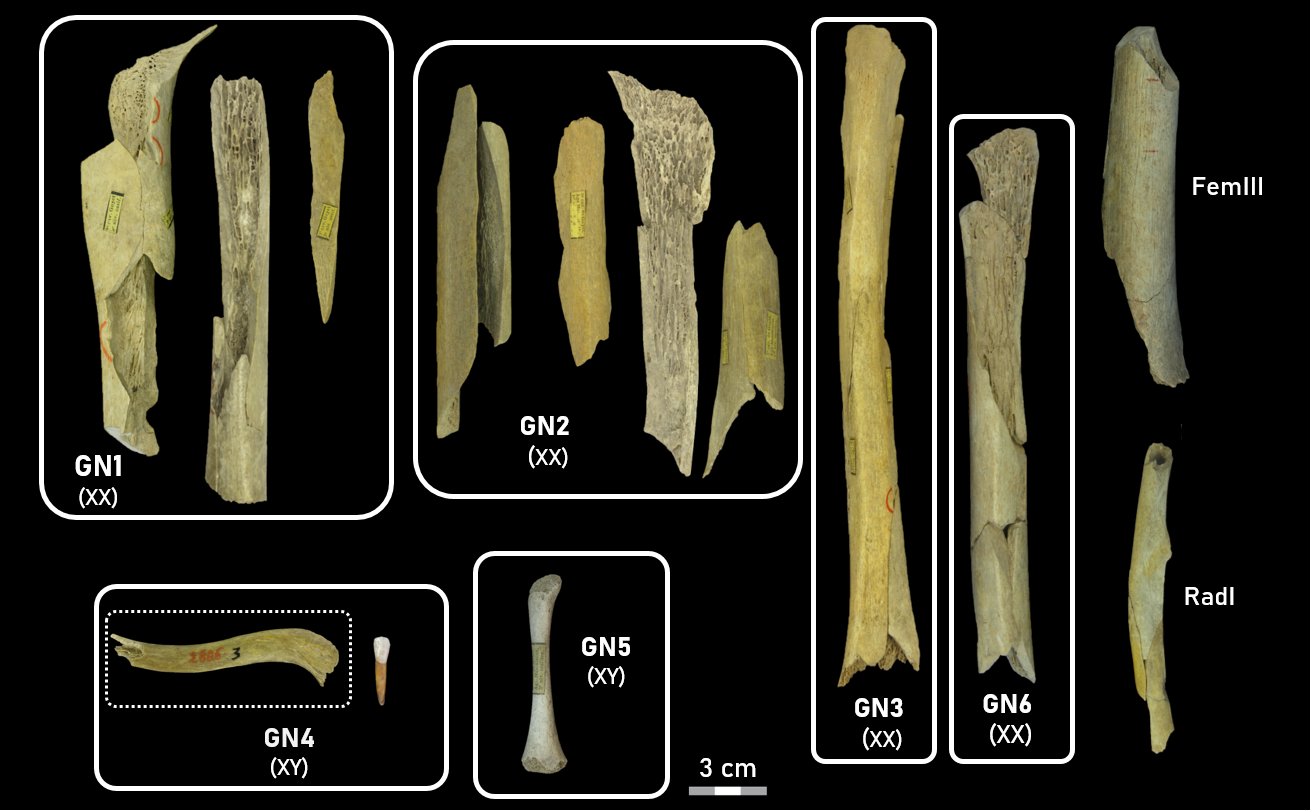The Nobel committee dropped a bombshell in 2025 by handing its annual physics prize—often reserved for theoretical wizards—to a scrappy team of chip engineers. For showing that quantum mechanics isn’t just for blackboards and headline-grabbing paradoxes, but the heartbeat of the chip in your own hand. That’s right: the same theory that has tormented generations of undergrads is now expected to run your phone.
Sounds wild. But before anyone starts imagining quantum teleportation apps, there are two (uncomfortable) facts to remember:
1. Quantum weirdness isn’t some bonus feature—it’s mostly a headache in modern electronics.
2. Most “quantum breakthroughs” in tech are more marketing than miracle.
Despite big ambitions, most life sciences organizations are stuck navigating outdated systems that make collaboration harder and breakthroughs slower.
The result? Slowdowns, missed insights, and costly rework.
I am moving some baby steps in the direction of Reinforcement Learning (RL) these days. In machine learning, RL is a well-established and very promising avenue for the development of artificial intelligence, and the field is in rapid development. Unfortunately I have been left behind, as I never really needed to fiddle with those techniques for my research. Until recently.
Though vegetable oil is all the rage this year, we need to remember that food scaremongering is designed to pile onto previous hysteria, not replace it. The Endocrine Disruptor/PM2.5/5G conspiracy community, dominated by the left for decades, finally got one of their into a position that was important, rather than Guardian journalists or Natural Resources Defense Council attorney, and that means a whole new tranche of Evil Science must be lamented.
If being worried that food coloring caused your autism and telling strangers that beef tallow would've prevented it is not enough to keep you in full militant mode this Thanksgiving, here is a list of other foods that the International Agency for Risk on Cancer (IARC) has linked to cancer.
People who 'age' better don't share much in common at all about lifestyles like diet. Surveys are too unreliable and too many centenarians were only such because of inaccurate records or even fraud for valid epidemiology.
But what they do share in common is superior energy production in cells. Their mitochondria, the energy factories that take all our food (ultra-processed and organic certified foods are biologically the same, sorry activists) and convert it into a common energy currency, fire better.
A recent analysis of Neanderthal bones from the Troisième caverne of Goyet in Belgium, which has a whopping 101 skeletal remains, notes cannibalism was happening 45,000 years ago - women and children impacted most.
The consumed Neanderthals were not from the local tribe and the presence of bones from numerous other animals means they were likely to have been brought into the community just for food, like any other animal, rather than as part of some elaborate ritual.

The Lancet, which championed both the 'vaccines cause autism' and the 'Frankenfood' movement, is now promoting the same bad epidemiology in their claims about ultra-processed food.
Scientists may be concerned that a prominent journal is giving credence to scaremongering but we are talking about The Lancet - no journalists except Guardian and New York Times consider them scientifically reliable. Yes, they will have producers at "60 Minutes" repeating it and then SEO bloggers at Gizmodo and Daily Beast too, but the public are so jaded by epidemiological misinformation and disinformation, they have learned not to trust anything.
For decades, scientists have assumed that the Holocene—the relatively quiet geological epoch spanning the last ~11,700 years—was marked by only a handful of small meteorite impacts, most of them modest in size. But a newly confirmed structure in southern China is now challenging that narrative.
A new paper says that before your blood pressure rose, hypertension was already damaging blood vessels and brain matter.
How is that even possible? It won't matter, if history is any indication, career bureaucrats at the US Centers for Disease Control and Prevention are already scheduling a briefing before Congress to ask for more money to prevent this new pandemic.
Ranchers and vegans don't agree on much but they agree that lab-grown meat is a bad idea. Not for science ones, for economic and psychological ones.
Still, activists are in a war of extinction against the modern world, so they are confident they will eventually win, either with allied progressive politicians like Secretary Robert Kennedy, Jr. banning products, or by regulating them so they are unaffordable, like California Governor Gavin Newsom has done with energy, home insurance, and healthcare.